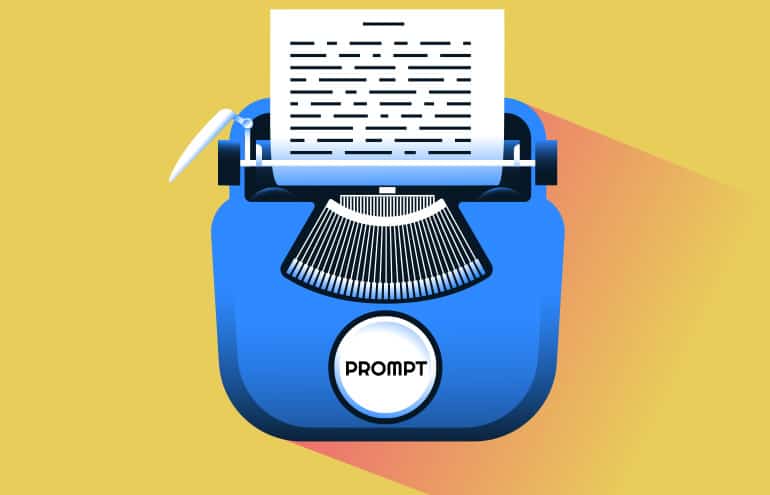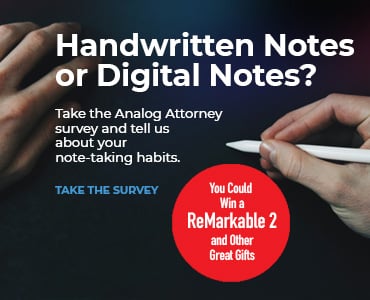Editing GenAI documents is like eating cotton candy.

You open up ChatGPT and enter a question — also known as a prompt — to get the writing process started. A few minutes later, a stream of surprisingly literate sentences and paragraphs fills your screen. At first read, this is good! But, since this isn’t your first generative AI rodeo, you prompt it a few more times to go deeper until you are satisfied you have the information you need for your writing project.
The temptation is great to cut and paste the text into Word, run a grammar and spell check and hit the send button.
But don’t do that.
Let’s skip past the well-publicized problem of hallucinations and nonexistent cases that have put lawyers in hot water. We’ll save the lecture on fact-checking for another time.
My rule for writing and editing GenAI documents is more basic.

The First Rule of Editing GenAI Documents
Cut the first paragraph.
For good measure, take a machete to the second graph as well.
In the olden days, these first paragraphs were considered “throat clearing” — a human writer’s way of easing into the topic. Now that artificial intelligence is writing articles, the chatbots are coughing up the internet’s worst hairballs.
And this makes sense if you understand that the datasets bots train on contain the best and worst of the writing on the internet.
Most article drafts, since time began, start out with some version of:
“In the competitive world of [BLANK], understanding and improving [BLANK] is [paramount/vital/essential] to the success of [BLANK].”
Over the past year, nearly every unsolicited article submission I’ve read includes a variation of that sentence. One telltale sign is that ChatGPT often adds a variation of the first sentence to close out the paragraph — flipping around the words and slipping in the word “innovative” for good measure.
If you are paying attention, you won’t be satisfied with ChatGPT’s first efforts at an introduction. Take it from someone who’s wasted countless editing hours trying to preserve the writer’s “intent.” ChatGPT doesn’t have feelings. Don’t try to fix it. Cut it and move on.
Editing AI-generated Text Is Like Eating Cotton Candy

Take a bite, and the structure begins to dissolve.
A few more bites and nothing of substance is left.
(Hat tip to Attorney at Work co-founder Merrilyn Tarlton for that image.)
After you’ve deleted the first paragraph ChatGPT wrote for you, read the remaining text a couple of times. Use your judgment — that critical lawyer brain — to strike out all the words that are meaningless filler and fluff. What’s left? Probably not a whole lot of substance.
Don’t misunderstand. I think these tools are amazing — their potential is vast, and they are fun to use. There’s a good reason why GenAI is everywhere.
My point is that writing with GenAI tools is not a “set it and forget it” proposition. For all but the most routine writing (and even then), arriving at the final product will require rewriting and editing.
You are preparing a brief, not a rotisserie chicken.
GenAI tools can generate outlines and drafts, emails perhaps, and basic marketing copy, but not the polished document you want to present to a publication, your boss, co-counsel or opponent — or especially a judge.
Should You Use an AI Editor to Check Your Work?
Once you are happy with your draft, you can find some great tools to help clean up your writing — many are included in the software you already own. (Read: “Three Ways AI Can Help You Write Faster in Microsoft Word.”)
- Grammarly is one of the most popular editing apps. Over the past year, it has been adding AI features that provide writing “assistance” in addition to checking grammar and usage.
- WordRake is a popular writing tool for legal professionals that works within Microsoft and Outlook.
- Hemingway Editor Plus uses AI to fix common writing issues like wordy sentences and passive voice; it also matches your tone.
Still, for your most important work, you need a human editor.
Why Bother Writing With GenAI?
I’ve heard several professional writers say that it’s much faster to write a first draft on their own. Trying to figure out prompts and coax coherent text out of the bots takes way too much time and is extremely frustrating.
They have a point. (Once upon a time, lawyers said dictating to a secretary or tape recorder was easier too.) But I think they’ve got it wrong.
With practice and training, GenAI can improve your writing process. (For guidance, read Mark Palmer’s excellent article “Harnessing ChatGPT: A Primer for Lawyers.”) Don’t dismiss it or be afraid to experiment. Just use your judgment before hitting send.
In Conclusion:
In today’s competitive legal marketplace, GenAI can be an essential writing partner. Used appropriately, GenAI tools can uncover innovative ideas and efficiently produce content for your law firm. Learning to use generative AI is of paramount importance to growing law firms.
Image © iStockPhoto.com.

Don’t miss out on our daily practice management tips. Subscribe to Attorney at Work’s free newsletter here >






















